The plantar pressure map is the "codebook" for interpreting human movement patterns. It visually reveals the distribution of pressure across different areas of your feet when you are standing, walking, or running.
For fitness enthusiasts and athletes, this data is not only a health assessment tool but also a key basis for optimizing training, preventing injuries, and enhancing performance. Mastering how to interpret and apply plantar pressure maps can help you scientifically adjust your training plan and achieve personalized, precise exercise.
Identify Abnormal Pressure Patterns
First, analyze key information in the pressure map:
High-pressure areas (red/orange regions): indicate excessive local loading, commonly seen in the forefoot, medial or lateral heel;
Low-pressure areas (blue regions): may indicate insufficient support or inadequate muscle activation;
Left-right asymmetry: pressure differences exceeding 10% can easily lead to compensatory injuries;
Center of Pressure (COP) trajectory deviation: reflects balance control issues—for example, deviation to one side may be related to pelvic tilt.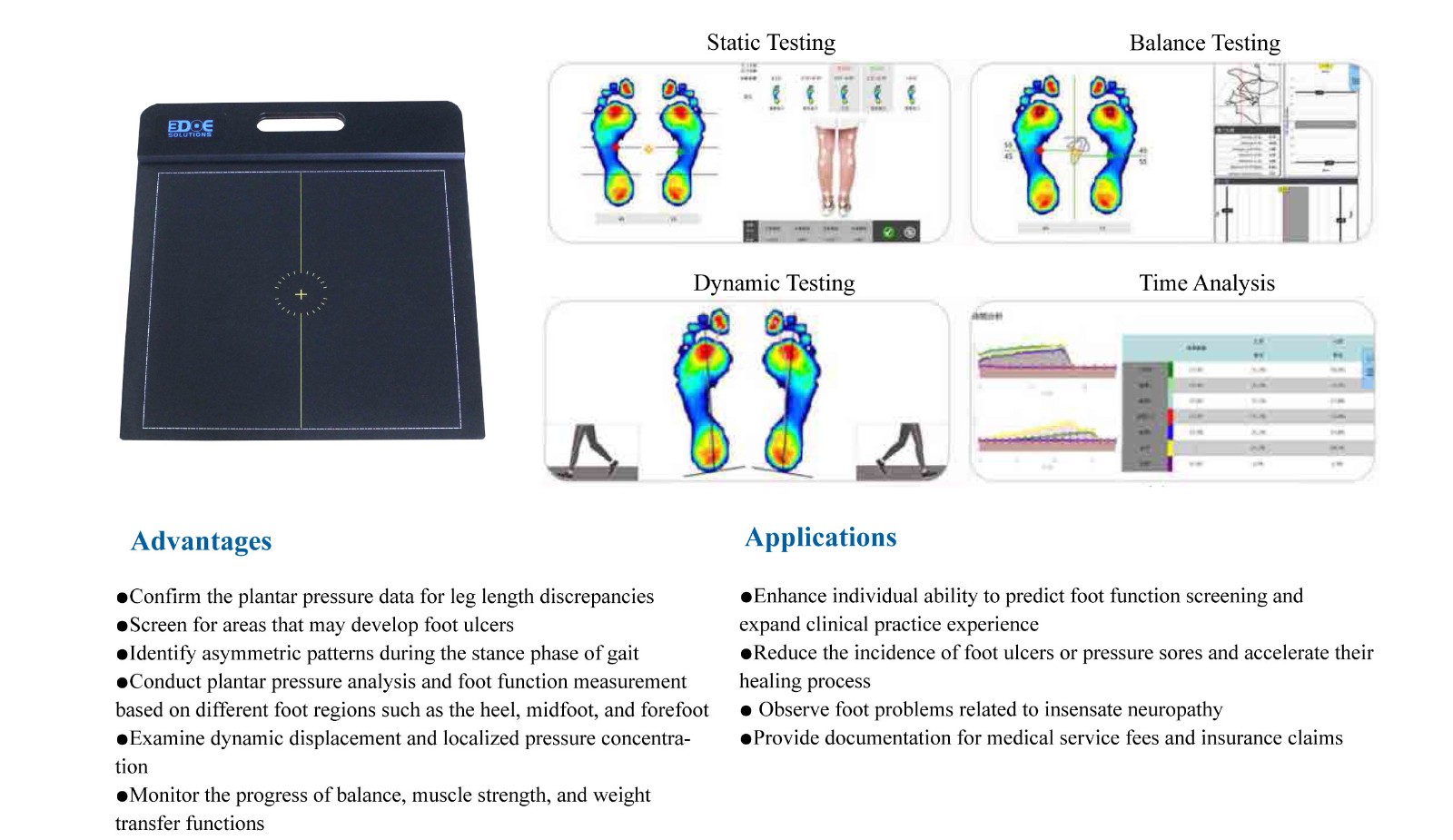
Common abnormal types include:
Excessive pronation (flat foot tendency): collapsed arch with significantly increased medial pressure;
Excessive supination (high arch tendency): concentrated lateral pressure with poor shock absorption;
Forefoot-dominant landing: forefoot strikes first during running with high peak pressure, increasing metatarsal stress.
Targeted Adjustment of Training Content
Adjust Exercise Types
If the pressure map shows arch collapse and high medial pressure, reduce high-impact exercises such as jumping and long-distance running, and increase low-impact aerobic activities such as swimming, cycling, or using an elliptical machine;
If high arches and concentrated lateral pressure are present, avoid prolonged running on hard surfaces; prioritize softer tracks or indoor training.
Optimize Running Technique
For high forefoot pressure: try increasing step rate (170–180 steps per minute), shortening stride length, and transitioning to midfoot strike;
For excessive heel impact peaks: strengthen calf and tibialis anterior muscles to improve landing cushioning ability;
For left-right imbalance: incorporate single-leg stability exercises (e.g., single-leg stance with eyes closed, Bulgarian split squats) to correct force imbalances.
Strengthen Weak Muscle Groups
High medial pressure → strengthen posterior tibialis and intrinsic foot muscles: perform short foot exercises, resisted arch lifts;
High lateral pressure → relax peroneal muscles, enhance medial support;
Poor overall stability → add core and gluteus medius exercises (e.g., side-lying leg lifts, clamshells) to improve lower limb alignment.
Introduce Supportive Interventions
Custom orthotic insoles: provide support or offloading design for high-pressure zones;
Change to appropriate footwear: motion-control shoes for flat feet, cushioned shoes for high arches;
Use balance pads or BOSU balls for proprioception training to enhance foot-ankle control.
Dynamic Monitoring and Periodic Adjustment
It is recommended to retest plantar pressure every 4–8 weeks to observe the following changes:
Has the high-pressure area decreased?
Has left-right symmetry improved?
Is gait propulsion smoother?
Based on data feedback, gradually resume high-intensity training or adjust movement patterns. For example, in the later stages of rehabilitation, transition from brisk walking to jogging, then retest pressure distribution to ensure safe progression.
Precautions
Pressure maps must be collected under real movement conditions (e.g., barefoot walking, running in regular training shoes);
Combine with video gait analysis for comprehensive judgment of movement issues;
Avoid drawing conclusions based on a single map; interpretation should be done professionally by a physical therapist or sports rehabilitation specialist.

 +86-0755-86131192
+86-0755-86131192 2025-09-11
2025-09-11 Back to list
Back to list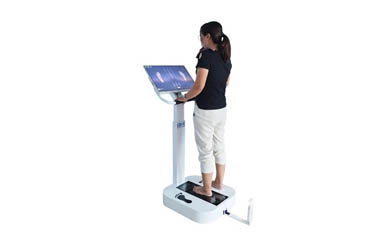
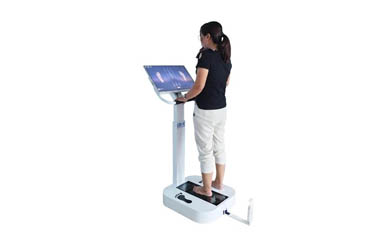
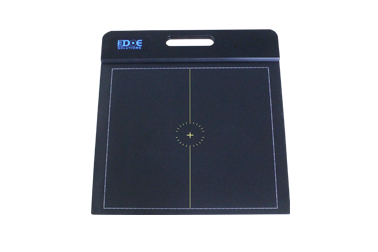
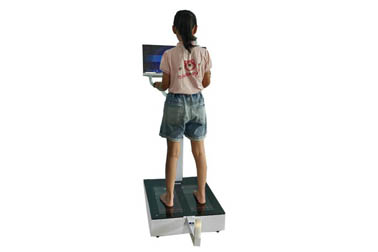
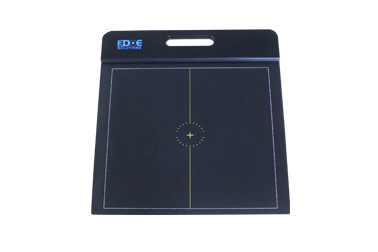
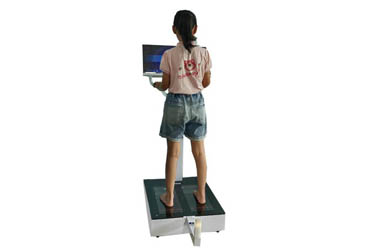



 +86-0755-86131192
+86-0755-86131192